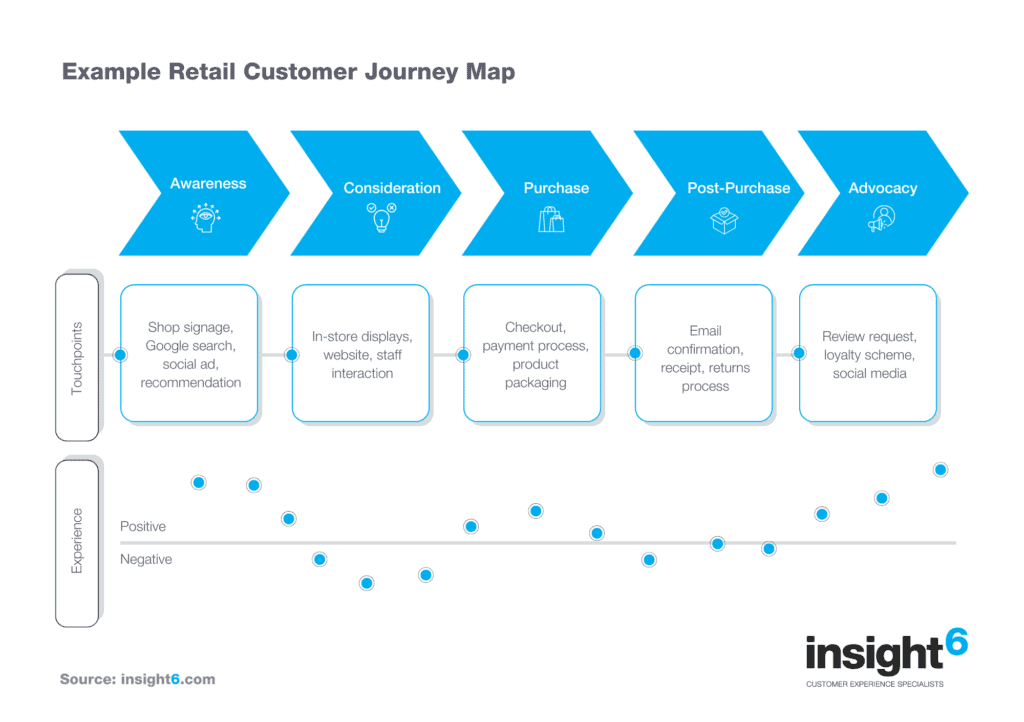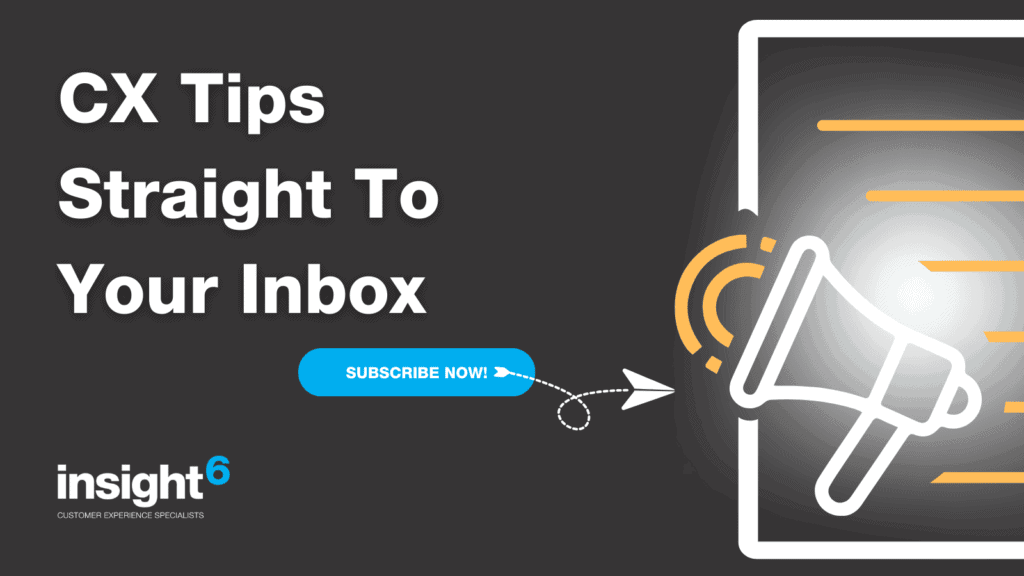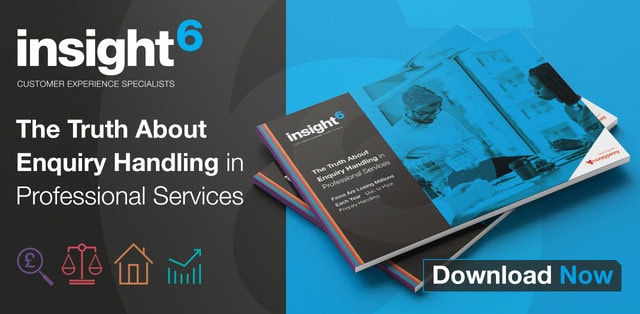The Retail Customer Journey: Mapping, Stages & How to Get it Right
Every customer interaction is an opportunity or a risk.
The retail customer journey is more than just browsing and buying. It’s a series of moments, from the initial impression to the final follow-up, that shape how people perceive your brand.
And those feelings matter.
Customers don’t just remember what they bought, they remember how you made them feel. A smooth, engaging journey builds trust, encourages loyalty, and drives sales. A clunky one? It sends people straight to your competitors.
That’s where customer journey mapping comes in.
It helps you step into your customer’s shoes, see what they experience at every stage, and uncover the gaps that could cost you business.
Whether you run a single store or a multi-site operation, understanding the five key stages of the retail journey is essential. Specifically, how to map them to transform how you attract, convert, and retain your customers.
Let’s break it down.
Table of contents:
- What Is the Retail Customer Journey?
- What Are the 5 Main Points of a Customer Journey?
- What Is a Retail Customer Journey Map?
- How to Create a Retail Customer Journey Map: 7 Key Steps
- Why Mapping the Retail Customer Journey Matters for CX Success
- Transform Your Store with a Customer-Centric Approach
What Is the Retail Customer Journey?
The retail landscape has never been more competitive or more complex.
According to Retail Times, consumer confidence and spending in the UK remain subdued. Value-conscious shoppers are more selective, more informed, and more willing to switch brands if they believe they can get a better deal. Research from American Express shows that today’s shoppers are actively looking for “more bang for their buck”, whether that’s through special offers, better service, or a smoother experience.
At the same time, technology is transforming the way retailers interact with customers. PwC reports that global spending on retail technology is expected to grow by 10% annually until 2028, with investment in everything from customer engagement platforms to real-time inventory and point-of-sale solutions.
The message is clear: innovative retailers are adapting to changing behaviours and putting the customer journey at the heart of their strategy.
But what exactly is the retail customer journey?
Simply put, it’s the complete experience a customer has with your brand, from first discovery to post-purchase interaction. It includes every touchpoint, both online and in-store, and every moment that shapes how a customer feels, decides, and acts.
At insight6, we work with retailers to explore every touchpoint, uncover gaps, and streamline the journey, boosting efficiency and delivering exceptional service at every stage.
Mapping the retail customer journey allows you to see your business through your customers’ eyes. It highlights friction points, reveals missed opportunities, and helps you create a seamless, customer-centric experience that drives results.
In a world where switching retailers is just a click or a short walk away, understanding and improving your customer journey isn’t just about good customer experience. It’s essential to stay competitive.
What Are the 5 Main Points of a Customer Journey?
The customer journey in retail shopping isn’t linear; it’s dynamic and often unpredictable. But for most retailers, it can still be broken down into five main points of a customer journey. Understanding each stage helps you meet customers where they are and guide them toward action, whether you operate a physical store, an online platform, or both.
Here’s an overview of the retail customer journey:
1. Awareness
The awareness stage is when a potential customer first becomes aware of your brand. It might be through social media, a Google search, a walk past your shop window, or a recommendation. In a crowded marketplace, first impressions matter; your visual branding, messaging, and marketing play a key role here.
2. Consideration
Now they’re paying attention! Here, the potential customer “considers” you, beginning to compare products, reading reviews, checking prices, or seeking recommendations from friends. Both online presence and in-store service must communicate value, quality, and credibility to establish trust at the consideration stage.
3. Purchase
The purchase stage is the moment of decision. Whether it’s at the till or checkout page, your goal is to make this stage seamless. Any friction, such as slow loading pages, poor in-store service, or a lack of stock, can result in lost sales. Speed, ease, and reassurance are key.
4. Post-Purchase
The journey doesn’t end at the sale. What happens next—packaging, delivery, follow-up, or in-store goodbye—shapes customer perception. A great post-purchase experience fosters satisfaction and sets the stage for retention.
5. Advocacy
When a customer becomes a fan, they don’t just come back, they bring others with them. Whether it’s through glowing reviews, social media posts, or word-of-mouth recommendations, loyal customers become powerful advocates. By actively inviting feedback, encouraging reviews, and rewarding loyalty, you turn satisfaction into promotion. And with advocacy comes stronger retention, more repeat purchases, and a bigger share of voice in the market.
Why does this matter?
Every retail customer journey, whether online or in-store, is composed of these stages. And when you understand them, you can design better experiences that drive loyalty, sales, and long-term growth.
Practical Examples at Each Stage
Understanding theory is one thing, seeing it in action is another. Here’s how the customer journey map in a retail store might look in practice, stage by stage:
- Awareness: A shopper walking down the high street sees an eye-catching window display promoting a seasonal offer. That first visual trigger starts their retail customer journey.
- Consideration: They step inside to browse. A friendly staff member offers assistance, and signage clearly explains the features and benefits of a new product line.
- Purchase: At the till, the process is quick and pleasant. The customer is offered a discount on their next visit and asked to join a loyalty scheme.
- Post-Purchase: Later, they receive a personalised email thanking them for their purchase, with care tips for their product and a prompt to leave a review.
- Advocacy: Impressed, the customer posts about their experience on Instagram and tags the store, generating positive exposure and starting a new journey for someone else.
These touchpoints form the basis of a strong retail customer journey map, a practical tool that helps you visualise where your store is delighting customers, and where there’s room to improve.
What Is a Retail Customer Journey Map?
A retail customer journey map is a visual tool that outlines every interaction a customer has with your brand, from first awareness to post-purchase advocacy. It helps you understand the whole experience from the customer’s point of view, revealing how they feel, what motivates them, and where pain points exist along the way.
Whether you’re running a single shop or managing a multi-channel retail business, a customer journey map in a retail store provides a structured way to identify gaps, remove friction, and enhance satisfaction across all touchpoints, both in-store and online.
Why does this matter? Because customer behaviour is evolving fast. According to Retail Times, tech-savvy consumers expect seamless, personalised journeys across platforms. And if your store can’t deliver, they’ll quickly switch to another one. Visualising the journey allows retailers to act with precision and consistency.
As Forbes highlights, mapping isn’t just for marketing; it’s a strategic exercise that can improve everything from store layout and staff training to digital engagement and loyalty.
Example Retail Customer Journey Map

How to Use This Map
Touchpoints:
List the actual places or interactions where a customer engages with your brand at each stage of their journey. This could include anything from digital ads and window displays to payment systems, follow-up emails, or review platforms. The goal is to visualise the complete journey, both online and in-store, from the customer’s perspective.
Experience Rating:
For each stage, assess the quality of the customer experience. You can base this on customer feedback, mystery shopping insights, staff observations, or internal data.
Getting this rating right matters. Without accurate measurement, it’s challenging to know where to focus your efforts or what is genuinely working. Are you unsure which CX metrics to use? Check out our blog on the Top Customer Experience Metrics to Measure for practical guidance.
At insight6, we help you go beyond guesswork through Customer Experience Reviews (mystery shopping) and our powerful real-time feedback platform, instant insight. Our tools, backed up by the support of your local CX Director, provide you with precise, actionable data to enhance your retail customer journey at every touchpoint.
How to Create a Retail Customer Journey Map: 7 Key Steps
So, what are the seven steps to map the customer journey effectively?
Here’s how retail teams can build a powerful, practical retail customer journey map that gets results:
1. Set Clear Objectives
Before you start, define what you want to achieve. Are you aiming to boost sales, improve service, reduce friction, or all three?
Quick tip: Align mapping goals with real business challenges, such as long queues, abandoned baskets, or declining loyalty.
2. Identify Customer Personas
Create profiles of your typical customers, including demographics, buying behaviours, and goals. Each persona may follow a slightly different journey.
Quick tip: Involve front-line staff in this; they know your customers best.
3. List All Touchpoints
Document every place a customer interacts with your brand, both online (website, emails, ads) and offline (storefront, signage, checkout).
Quick tip: Don’t overlook “invisible” touchpoints, such as waiting times, in-store music, or staff tone of voice.
4. Gather Customer Feedback & Data
Use surveys, reviews, and tools like instant insight to collect honest input on the experience at each stage. Mystery shopping can also reveal what customers might not say directly.
Quick tip: Use both qualitative and quantitative data for a rounded view.
5. Map Emotions, Motivations & Pain Points
At each stage, identify how your customer feels, what they want, and where they’re getting stuck. This helps you prioritise what to improve.
Quick tip: Emotions are key—what people feel often matters more than what they think.
6. Visualise the Journey
Transform the data into a clear, visual format that illustrates the customer’s path through stages, touchpoints, and emotional highs and lows.
Quick tip: Keep it shareable and straightforward—use a table, flowchart, or timeline to convey your message effectively.
7. Take Action on Insights
Use what you’ve learned to make changes. That might mean retraining staff, adjusting your website, or rethinking in-store layout.
Quick tip: Choose quick wins to build momentum and show the value of journey mapping.
A strong customer journey map in a retail store isn’t just a diagram; it’s a decision-making tool. It empowers your team to deliver better service, create more meaningful moments, and build lasting loyalty in a competitive market.
For more on how to measure the right customer experience metrics, check out our blog: Top Customer Experience Metrics to Measure
Why Mapping the Retail Customer Journey Matters for CX Success
Mapping the retail customer journey is more than a process; it’s a strategic investment in delivering better experiences, fostering deeper loyalty, and driving stronger business performance.
When you take the time to visualise the whole journey, you gain a clearer picture of what your customers go through, from first interaction to post-purchase follow-up. The process helps you identify the pain points that frustrate shoppers, the moments that delight them, and the gaps that may be silently costing you revenue.
In a retail world where expectations are high and loyalty is hard-won, being proactive matters. A well-structured customer journey map in a retail store empowers your team to deliver consistent, customer-first experiences at every touchpoint, whether online, in person, or somewhere in between.
The benefits extend beyond customer satisfaction. According to McKinsey, businesses that focus on journey-based improvements experience a 15–20% increase in customer satisfaction, a 20–30% boost in employee engagement, and a 10–15% increase in revenue.
That’s the power of understanding the customer journey in retail shopping.
Journey mapping connects the dots between what customers expect and what your business delivers. It aligns teams, informs more thoughtful decisions, and gives you the insights you need to turn browsers into buyers—and buyers into advocates.
Are you interested to learn how to elevate your customer interactions to leave a lasting impact? Read our blog: WOW Moments in Customer Experiences – insight6.
Conclusion: Transform Your Store with a Customer-Centric Approach
The most successful retailers don’t guess what their customers want—they map the customer journey and act on the insights. A well-crafted retail customer journey map helps you see your store through your customer’s eyes, identifying what’s working, what’s not, and where you can make the most significant impact.
By understanding the entire retail customer journey, you can streamline operations, enhance satisfaction, and foster lasting loyalty. Start by mapping the key stages, gather honest feedback using tools like real-time reviews or mystery shopping, and keep refining each touchpoint based on what your customers truly experience.
Whether you’re running a single shop or a multi-channel retail business, journey mapping is one of the smartest investments you can make for long-term CX success.
Need expert support to get started?
The team at insight6 specialises in helping retailers just like you design better customer journeys—powered by data, insight, and practical action.
To connect with your local CX Specialist, call +44 (0)800 970 8987 or visit www.insight6.com
Like what you’ve read? Sign up for the insight6 newsletter to stay ahead with the latest CX strategies and insights.




0 Comments